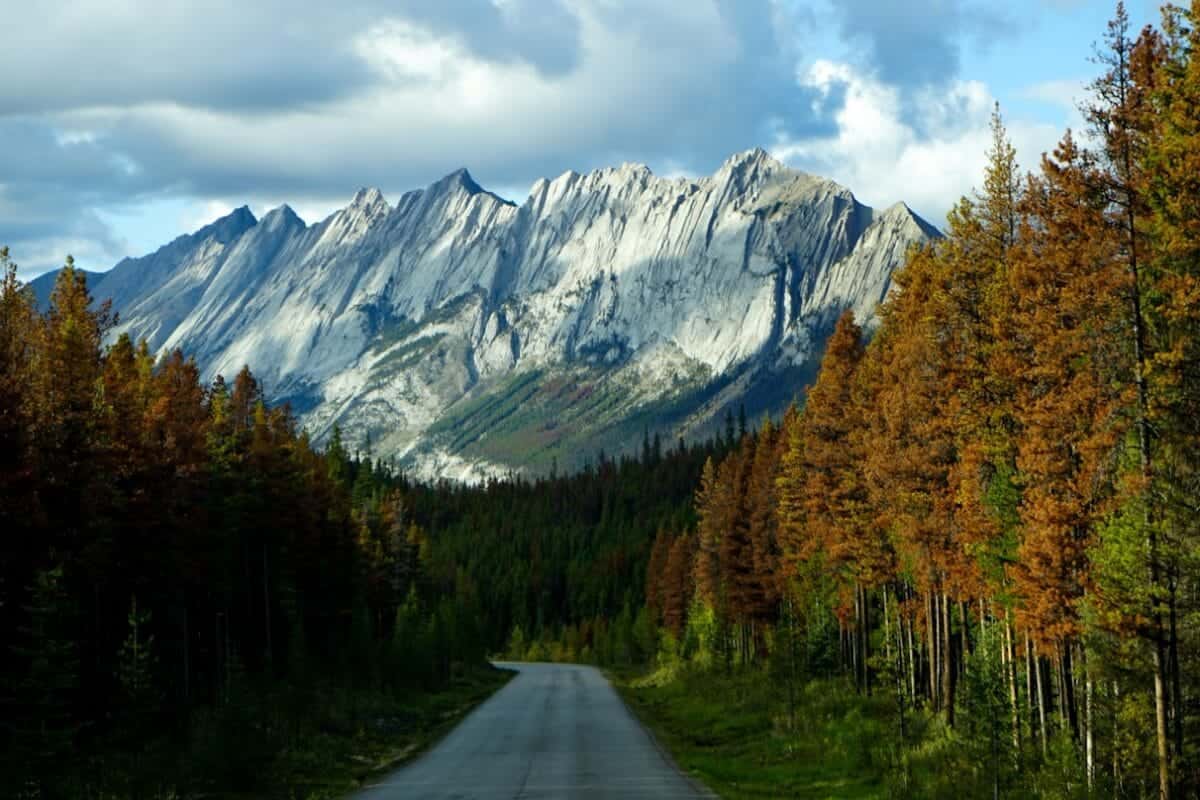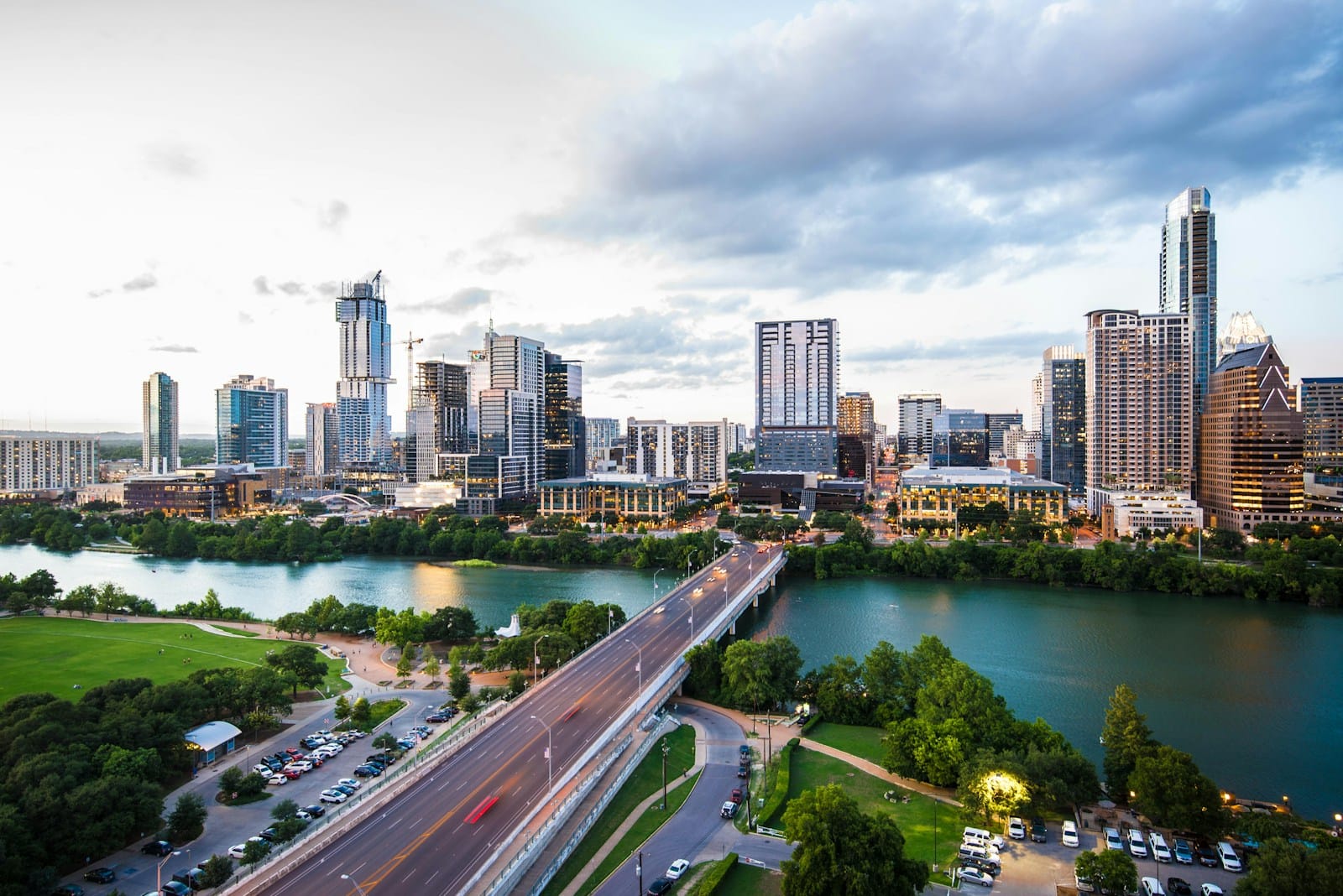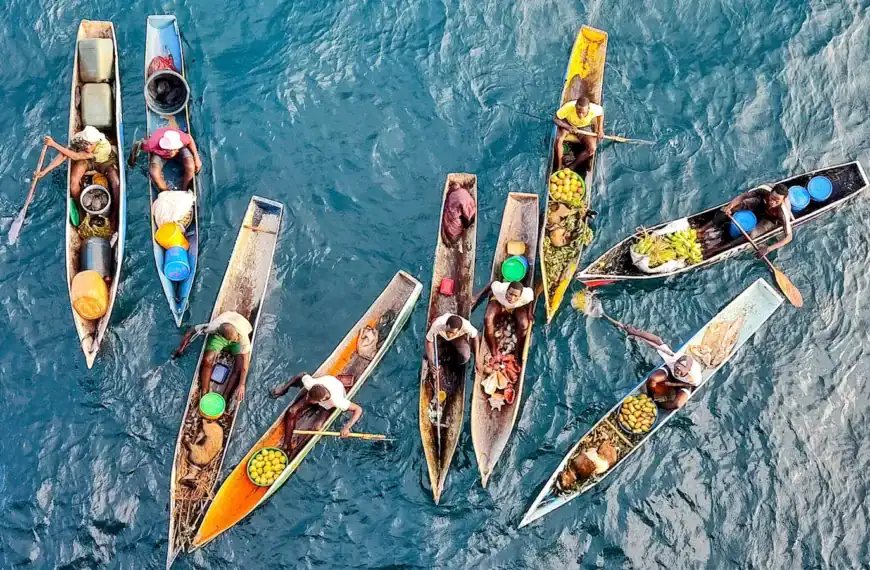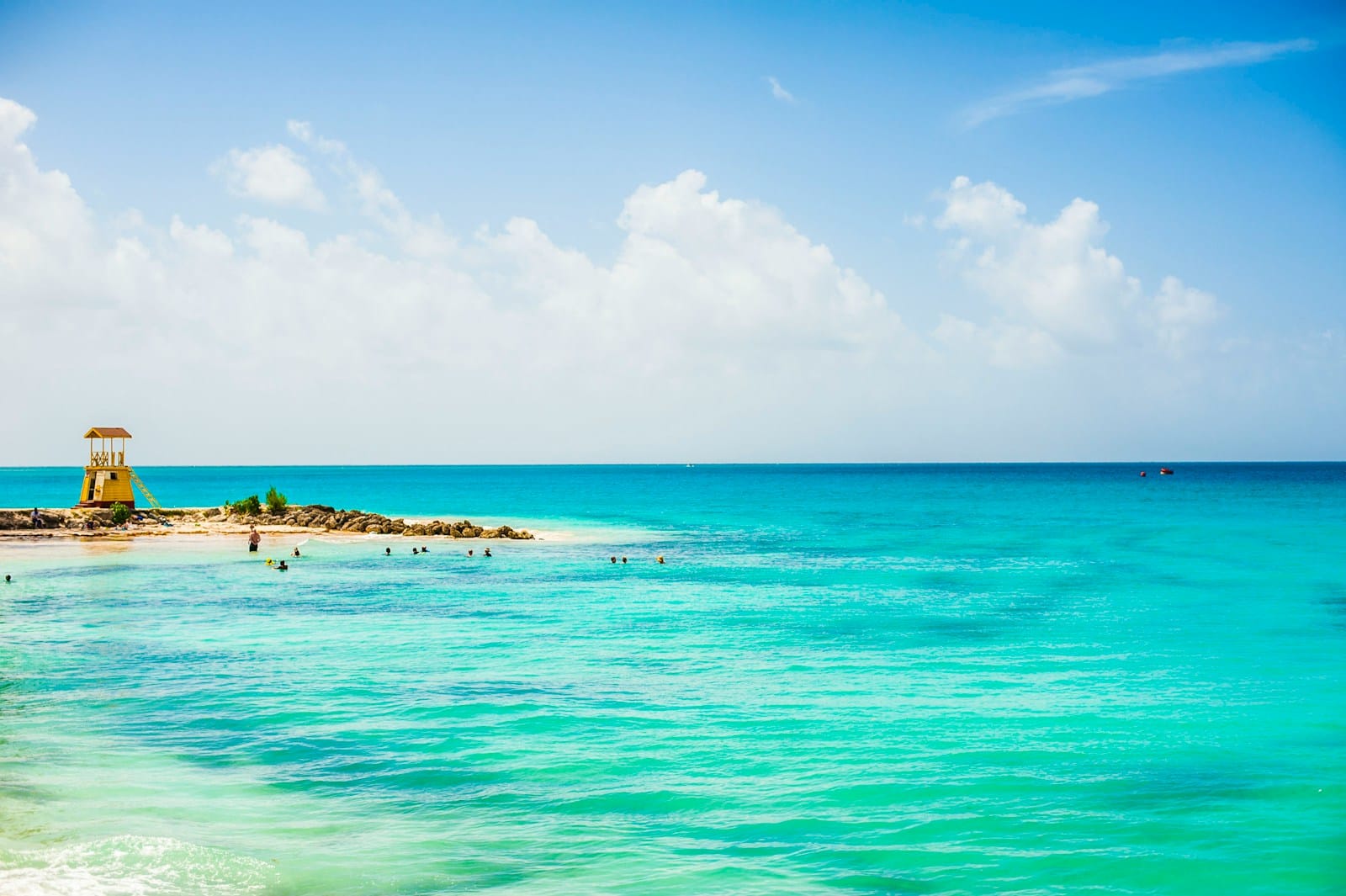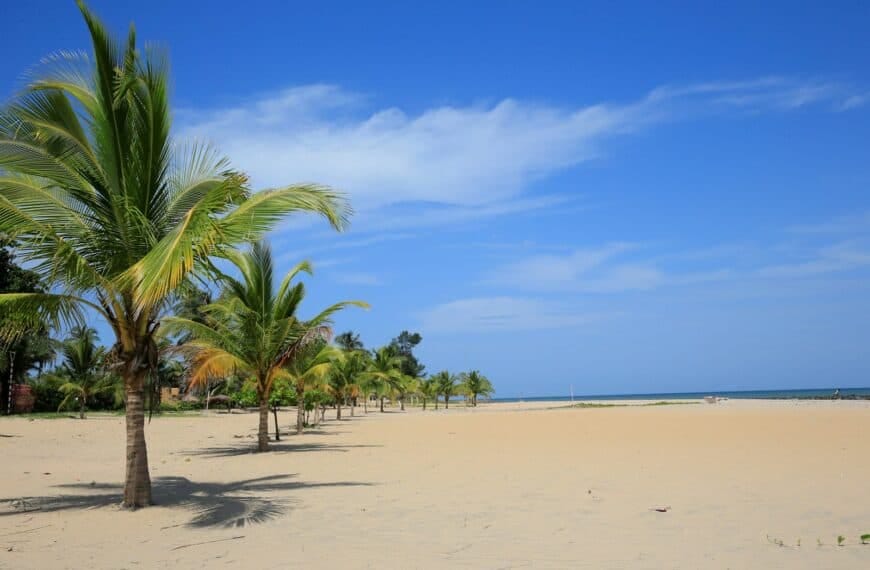British Columbia Travel Guide – Nature, Cities & Coastlines
Intro to British Columbia Travel Guide
Epic landscapes, wild coasts, and unforgettable culture
From alpine peaks to Pacific shores, British Columbia delivers a travel experience like no other. This west coast Canadian province is home to ancient rainforests, Indigenous traditions, glacier-fed lakes, and vibrant cities tucked between mountains and sea. Whether you’re exploring world-class wine regions, chasing waterfalls, or storm-watching on remote islands, BC is where nature and culture collide in spectacular ways.
Start your journey with our British Columbia Travel Guide and explore all it has to offer—from oceanfront adventures to forest hideaways and urban flair.
Places to Visit in British Columbia
Abbotsford | Burnaby | Campbell River | Chilliwack | Courtenay | Cranbrook | Dawson Creek | Delta | Fort St. John | Kamloops | Kelowna | Langley | Maple Ridge | Nanaimo | Nelson | New Westminster | North Vancouver | Penticton | Port Coquitlam | Port Moody | Powell River | Prince George | Prince Rupert | Quesnel | Richmond | Surrey | Terrace | Vancouver | Vernon | Victoria | West Kelowna | White Rock | Williams Lake
💡Quick Facts:
Continent: North America
Country: Canada
Administrative Division: Province
Capital: Victoria
Largest City: Vancouver
Area: 944,735 km² (364,764 mi²)
Population: ~5.5 million
Density: ~6/km²
Regions/Subregions: Lower Mainland, Vancouver Island, Okanagan, Kootenays, Northern BC, Cariboo-Chilcotin, Gulf Islands
Official Language: English (French is official federally)
Currency: Canadian Dollar (CAD)
Time Zones: Pacific Time (UTC−8; UTC−7 DST), Mountain Time in southeastern areas
Airports: Vancouver (YVR), Victoria (YYJ), Kelowna (YLW), Prince George (YXS)
Climate: Coastal mild/rainy; inland and mountain zones vary from dry to snowy
Known For: Mountains, national parks, Indigenous heritage, Pacific coastline, wine country, film industry, eco-tourism
🛂Arrival Info:
Entry requirements for tourists:
Most travelers to British Columbia (as part of Canada) need a valid passport. U.S. citizens can enter with a passport or NEXUS card.
Visa-free countries (if applicable):
Citizens of over 50 countries, including the U.S., UK, EU nations, Japan, and Australia, can visit visa-free for up to 6 months.
Visa-on-arrival:
Not available.
Official visa application:
Canada Immigration and Citizenship
💉Health Info:
Vaccinations: Routine + COVID-19 advised
Healthcare Quality: Excellent in cities; limited in remote areas
Travel Insurance: Highly recommended for non-residents
Hospitals: Vancouver General, Royal Jubilee (Victoria), Kelowna General
Terrain Risks: Altitude in Rockies, remote exposure, wildlife encounters in wilderness
✅ Check travel insurance options for travel emergencies, delays, and medical needs abroad — Get coverage here
✅ Stay Informed with Official Updates: WHO – International Travel & Health | CDC – Travel health updates
🚨Travel Advisory:
Safety Level: Very safe overall
Local Risks:
– Winter driving conditions in interior regions
– Occasional wildfires (summer)
– Urban petty theft (Vancouver tourist zones)
Travel Alerts: Canada Travel Advice
✅ Stay Informed with Official Updates: US Travel Advisory | UK Foreign Travel Advice
📅Holidays:
National Holidays:
– Canada Day (July 1)
– Victoria Day (3rd Mon in May)
– Thanksgiving (2nd Mon in October)
BC-Specific Events:
– BC Day (1st Mon in August)
– Vancouver International Film Festival (Sep–Oct)
– Pacific National Exhibition (August, Vancouver)
– Whistler Ski & Snowboard Festival (April)
💰Visitor Info:
Currency: Canadian Dollar (CAD)
ATMs: Widespread
Card Usage: Credit/debit cards accepted almost everywhere
Tipping: 15–20% standard in restaurants and services
Tourist Taxes: Hotel tax (~2–5%), Goods & Services Tax (GST) 5%
Daily Budget:
– Budget: $70–$120 CAD
– Midrange: $150–$250 CAD
– Luxury: $300+ CAD
✈️Airports:
Main international airport:
Vancouver International Airport (YVR)
Name: Vancouver International Airport
IATA code: YVR
Address: 3211 Grant McConachie Way, Richmond, BC
Runways: 3
Airlines hub for: Air Canada, WestJet
Other regional airports:
Victoria International Airport (YYJ)
Kelowna International Airport (YLW)
Prince George Airport (YXS)
✅ Delayed or canceled flight? Check if you’re eligible for compensation
🚍Transport:
City Transit:
– Vancouver: TransLink (SkyTrain, buses, SeaBus)
– Victoria: BC Transit
Intercity Travel:
– BC Ferries (coastal transport)
– VIA Rail, Greyhound-style coach lines (limited)
Car Rentals: Widely available; advised for exploring rural areas
Driving Laws: Right-hand side; IDP recommended for non-English licenses
Note: Winter tires or chains mandatory on some highways Oct–Apr
✅ Book reliable airport transfers and in-city rides in advance. Reserve your ride here
📶Connectivity:
SIM Cards: Available from Rogers, Telus, Bell at airports and stores
Coverage: Strong in cities; patchy in rural/northern areas
Wi-Fi: Common in cafés, libraries, hotels, transit stations
✅ Stay connected abroad with affordable eSIM data packs. Get your eSIM here
📜Laws & Etiquette:
Drinking Age: 19
Cannabis: Legal for adults (public use varies by city)
Cultural Norms: Politeness expected, strong eco-awareness
LGBTQ+ Rights: Fully legal and supported
Indigenous Protocols: Respectful behavior encouraged when visiting cultural sites or reserves
🛡️Emergency Info:
Emergency Number: 911
Tourist Help Centers: Vancouver, Victoria, Whistler info booths
Hospitals: Emergency care available province-wide
Consular Services: Most consulates located in Vancouver
✅ Use embassy locator tools: Embassies Worldwide
🌦️Weather:
Spring (Mar–May): Blooming gardens, mild hiking weather
Summer (Jun–Aug): Peak season — ideal for national parks, beaches, festivals
Fall (Sep–Nov): Wine harvest season, fewer crowds
Winter (Dec–Feb): Skiing in Whistler, Big White, Revelstoke
Best Time: May–September for all-around outdoor access
✅ Stay prepared—check the weather forecast for your destination — Weather Forecast
British Columbia Cities & Major Destinations
- Vancouver
A coastal gem framed by the Pacific Ocean and Coast Mountains, Vancouver is British Columbia’s urban heart. Stroll through Stanley Park, enjoy global cuisine in Richmond, and explore art galleries in Mount Pleasant. The city is a launchpad for mountain escapes, ferry adventures, and cultural immersion. - Victoria
Located on Vancouver Island, Victoria offers historic charm and oceanfront elegance. Tour the Parliament Buildings, visit the Royal BC Museum, and sip afternoon tea at the Fairmont Empress. Its mix of British heritage and Pacific Northwest cool makes it unforgettable. - Kelowna
In the Okanagan Valley, Kelowna is known for wine, warm lakes, and sunshine. With dozens of vineyards, a bustling lakefront, and plenty of hiking trails, it’s ideal for travelers looking for leisure with a splash of adventure. - Whistler
A world-famous mountain resort just two hours from Vancouver, Whistler is a year-round playground. Winter offers top-tier skiing and snowboarding, while summer draws mountain bikers and hikers to alpine trails. - Tofino
Set on Vancouver Island’s remote west coast, Tofino is a surfing and storm-watching haven. Known for its wild beaches, Indigenous-led eco-tours, and natural hot springs, this laid-back town blends wilderness and culture beautifully. - Kamloops
Situated in the interior plateau, Kamloops offers dry landscapes, grasslands, and river canyons. It’s a base for mountain biking, fishing, and exploring the region’s Indigenous Secwepemc heritage. - Prince George
Northern BC’s largest city, Prince George connects urban amenities with frontier wilderness. From riverside parks to cultural museums, it’s a gateway to the wild landscapes of central and northern British Columbia. - Nelson
Set in the Selkirk Mountains, Nelson is a bohemian town known for its art galleries, heritage architecture, and lakeside serenity. It’s the perfect stop along the scenic Kootenay road trip circuit.
How to Choose Where to Go in British Columbia
- Coastal adventurers should explore Vancouver Island’s west coast or the Sunshine Coast—ideal for kayaking, beachcombing, and rainforest hikes.
- Nature lovers will thrive in the Kootenays or Northern BC, with their alpine trails, glacier lakes, and endless wildlife encounters.
- Wine enthusiasts and sunseekers will find paradise in the Okanagan Valley—between Penticton and Kelowna, you’ll discover vineyards, warm lakes, and desert landscapes.
- Snow sports fans should prioritize Whistler, Big White, or Revelstoke for skiing, snowboarding, and mountain culture.
- Cultural travelers can immerse themselves in Indigenous heritage on Haida Gwaii or explore European history in Victoria and Fort Langley.
- Road trippers and explorers will love driving the Sea-to-Sky Highway, the Cariboo Chilcotin routes, or the northern Alaska Highway for dramatic, lesser-known adventures.
Natural Escapes & Scenic Highlights
- Pacific Rim National Park Reserve
A jewel near Tofino, this coastal park boasts surf-swept beaches, rainforest trails, and wildlife-rich shorelines. Hike the Nuu-chah-nulth Trail or camp near Long Beach. - Joffre Lakes Provincial Park
This trio of turquoise alpine lakes near Pemberton is an Instagram sensation. The steep trail offers stunning glacier views and emerald waters surrounded by peaks. - Yoho National Park
Located on BC’s eastern border, Yoho offers waterfalls, fossil beds, and Lake O’Hara—one of Canada’s most breathtaking alpine experiences, accessible by shuttle or permit. - Okanagan Lake
Stretching over 135 km, this lake anchors BC’s wine country. Popular for boating, paddleboarding, and lakeside dining, it defines the valley’s easygoing vibe. - Haida Gwaii
Often called the “Galapagos of the North,” these remote islands are home to mystical forests, ancient totems, and deep Haida culture. Visit Gwaii Haanas National Park for raw, sacred beauty. - Garibaldi Provincial Park
A backcountry paradise between Squamish and Whistler, Garibaldi features dramatic peaks, wildflower meadows, and glacier lakes. Multi-day hikes like Black Tusk and Panorama Ridge await. - Kootenay National Park
Tucked into the Rockies, this park offers soothing hot springs, alpine vistas, and trails like Marble Canyon and the Paint Pots. A quieter alternative to neighboring parks.
Cultural & Historic Landmarks
- Royal BC Museum (Victoria)
An immersive museum with Indigenous exhibits, natural history displays, and temporary global showcases. A must-see for historical context. - Barkerville Historic Town
Step back into BC’s Gold Rush era at this fully reconstructed 1860s town. Costumed interpreters, stagecoach rides, and gold panning bring the past to life. - UBC Museum of Anthropology (Vancouver)
Home to one of the world’s finest collections of First Nations art, including carved totems and Haida masterpieces. - Haida Heritage Centre (Haida Gwaii)
A cultural gem that tells the story of the Haida people through exhibits, carvings, and performances set against the sea. - Fort Langley National Historic Site
Explore the Hudson’s Bay Company’s trade history at this riverside fort. Watch blacksmiths work and learn about fur trade life. - St. Eugene Mission Resort
A former residential school transformed into a resort and reconciliation space run by the Ktunaxa Nation. - Nikkei National Museum & Cultural Centre
Located in Burnaby, this museum honors Japanese Canadian history and resilience, especially during WWII internment.
Local Food, Arts & Experiences
Signature Dishes
- Wild Pacific salmon (smoked, grilled, or candied)
- Dungeness crab and BC spot prawns
- Bannock and cedar-planked fish in Indigenous communities
- Okanagan stone fruits and wine-pairing menus
- Farm-to-table cuisine with mushrooms, berries, and wild greens
Foodie Destinations
- Granville Island Public Market (Vancouver)
- Sooke’s foraged fine dining on Vancouver Island
- Penticton and Naramata Bench wineries
- Powell River’s craft beer and cider trail
- Tofino’s seafood shacks and bakery culture
Unique Experiences
- Indigenous-led cedar carving workshops
- Forest foraging tours in the Gulf Islands
- Floating sauna sessions in Kootenay Lake
- Open-air art markets in Nelson and Salt Spring Island
Festivals
- Celebration of Light (Vancouver)
- Pacific Rim Whale Festival (Tofino)
- Salmon Arm Roots & Blues Festival
- Kamloopa Powwow
- Vancouver International Film Festival
Must-See Experiences in British Columbia
- Drive the Sea-to-Sky Highway
A breathtaking route from Vancouver to Whistler featuring fjords, waterfalls, and coastal peaks. - Visit Gwaii Haanas National Park Reserve
Accessible only by boat or plane, this park offers sacred totems, sea kayaking, and Indigenous heritage. - Ride the Peak 2 Peak Gondola in Whistler
Spanning two mountains, this engineering marvel offers unmatched alpine views year-round. - Storm Watch in Tofino
Visit between November and March to see Pacific storms crash onto the wild west coast. - Ski Big White or Revelstoke
Try lesser-known resorts with deep powder and small-town warmth. - Explore Okanagan Wineries by Bike
Sip your way along vineyard-lined trails from Kelowna to Naramata. - Go Whale Watching in Telegraph Cove
This northern outpost is ideal for spotting orcas, humpbacks, and porpoises.
Book immersive British Columbia tours and experience unforgettable things to do in British Columbia — from sacred coastal forests and alpine hikes to whale watching, hot springs, and vineyard journeys.
Getting Around British Columbia
Intercity Travel
- BC Ferries connect the mainland to Vancouver Island, the Gulf Islands, and beyond.
- Via Rail and Rocky Mountaineer offer scenic train journeys.
- Regional flights connect remote towns like Haida Gwaii, Prince Rupert, and Cranbrook.
Local Transportation
- Cities like Vancouver and Victoria offer reliable buses, ferries, and SkyTrain.
- Taxis, rideshare, and bike rentals are common in urban areas.
- Car rentals are recommended for exploring rural and mountainous regions.
Remote Area Access
- Prepare for gravel roads in the Cariboo and Northern BC.
- Always check seasonal closures for provincial parks and mountain passes.
- Ferries often require reservations in peak season.
Best Time to Visit British Columbia
- Spring (April–June)
Wildflowers bloom, trails reopen, and whale migrations begin on the coast. - Summer (July–August)
Warmest and driest months—ideal for lake lounging, road trips, and alpine hikes. - Autumn (September–October)
Fewer crowds, fall colors in the Kootenays, and grape harvest in the Okanagan. - Winter (November–March)
Skiing in Whistler, hot springs in the Rockies, and storm watching on Vancouver Island. - Plan around festivals, ferry schedules, and trail accessibility for the smoothest trip.
Best Travel Itineraries in British Columbia
5-Day Classic Route
Vancouver → Whistler → Victoria
Explore the coast, mountain trails, and the provincial capital via ferry.
7-Day Nature Circuit
Kelowna → Revelstoke → Nelson
Drive through interior wine country, hot springs, and art-filled towns.
10-Day Wilderness Adventure
Prince George → Haida Gwaii → Telegraph Cove
Fly into the north for wildlife, Indigenous experiences, and epic coastlines.
Travel Safety & Etiquette in British Columbia
- Wildlife: Stay bear-aware; carry bear spray on backcountry hikes.
- Driving: Expect winding roads, variable weather, and wildlife crossings.
- Camping: Use designated sites and follow Leave No Trace principles.
- Indigenous Lands: Respect signage, protocols, and sacred sites.
- Weather: Pack for all conditions—even summer days can turn chilly in the mountains.
- Connectivity: Expect no signal in many remote areas—download offline maps.
- Tipping: 15–20% is standard in restaurants and tours.
Nearby Provinces & Travel Pairings
- Alberta
Cross the Rockies for Banff and Jasper’s iconic peaks and lakes. Ideal combo for national park lovers. - Yukon
Fly from Vancouver or Prince George for epic northern lights and Klondike Gold Rush history. - Washington State, USA
Just south of Vancouver, explore Seattle, the Olympic Peninsula, and cross-border wine routes. - Alaska (by ferry)
From Prince Rupert or Port Hardy, take a ferry through the Inside Passage to Southeast Alaska. - Saskatchewan
Extend your trip east for prairie skies, Indigenous culture, and off-the-radar road trips.
Final Planning Checklist for British Columbia
- Book BC Ferries and remote flights early in summer and holiday periods
- Reserve Haida Gwaii and Lake O’Hara permits well in advance
- Pack layers—BC’s weather can change quickly by elevation and season
- Download offline maps for backcountry driving or hiking
- Research Indigenous-owned tours for authentic cultural insight
- Consider travel insurance for remote travel and winter sports
- Combine destinations using ferry + rail + scenic drives for a rich, varied route
For more expert travel tips, practical strategies, and trusted tools — visit our Homepage and get inspired for your next trip.

